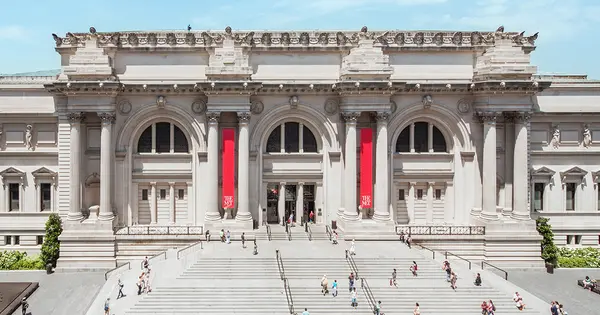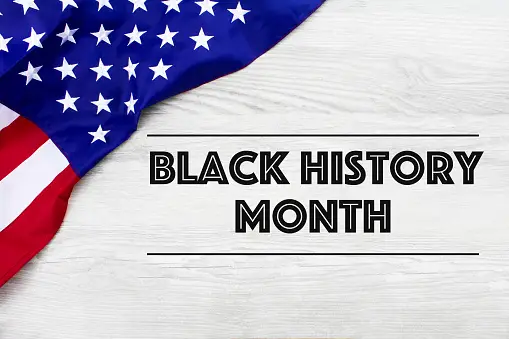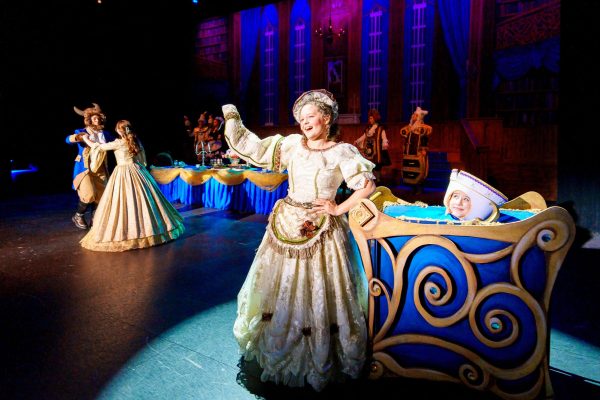Reflecting on Constitution Day

Constitution day is September 18th, a perfect day to wear your American flag Chubbies shorts and think about Bald eagles. We celebrate our freedom of speech, our freedom of religion, our right to assemble, and our right to bear arms (in “a well regulated militia” of course). But what really is our Constitution made of and how are these principles being carried out today? Do we, as Americans, truly believe that all men are created equal?
In the relatively short span of American history, the issue of who “really” deserves rights has been debated solely by the white man. Despite the agreement made by the Founding Fathers, it is still disputed if all men are really created equal. Freedom of religion, freedom of the press, and the pursuit of happiness has been guaranteed to Americans, though many groups are still limited in these freedoms. One of the most prominent instances of radical oppression is through the racially charged violence of the KKK. In recent years, the KKK has been making the news with the same racist and bigoted attitude that has been a constant in American history.
During the time of the Constitutional convention in 1787, the US census counted slaves at 18% of the total population. That is, 26% of the state’s population were slaves in North Carolina, 39% in Virginia, and 43% in South Carolina. Initially, when the Articles of Confederation were written as the first attempt at US government, slavery has no mention. But in the Constitution, the enumeration clause is one of the first references to the practice. This, if you remember your US history course, is the clause stating that slaves count as ⅗ of a person in the distribution of federal representatives. Southern states, who had higher numbers of slave populations, pushed for slaves to be counted so that the states could have more power in government, but not so that these same slaves should be treated as more than property. This was a compromise that was carried out in order to persuade the southern states to ratify the document.
“The right of the people peaceably to assemble” is something that has been on the minds of many Americans within the last few months. The key word in this constitutional phrase is ‘peaceably’. The March on Washington for Jobs and Freedom, home to Martin Luther King Jr’s famous “I Have a Dream” speech, was a non-violent march in 1963 for civil rights. In a stark contrast, a more recent development is the unashamed rise of white supremacy, KKK members, and sympathizers. The Charlottesville “protest” was a shocking flashback to some of the darkest times in America during the nineteenth and twentieth centuries. Now, other than the obvious violence that ensued at this event, a key difference here is the cause. The former, for the assurance of the rights of all American people. The latter, for the oppression and removal of American rights. The motivations of these two events are what should make us think about what the “right to assemble” really means in this country. This should make us ask ourselves what we are really standing up for when we defend our rights as Americans. What responsibility comes with the right to assemble? Where is the line between terrorism and, what some may call, preserving the southern heritage? Do we truly think that all men are created equal?
*This opinion piece does not reflect the views of the entire CCES community, nor the CCES journalism staff. This is the product of one individual sharing their thoughts. This is not intended to be offensive to any individual or group.















